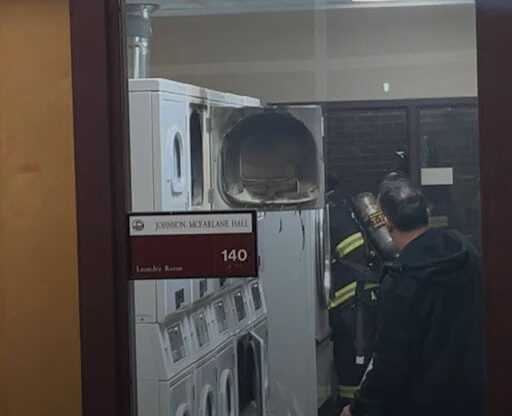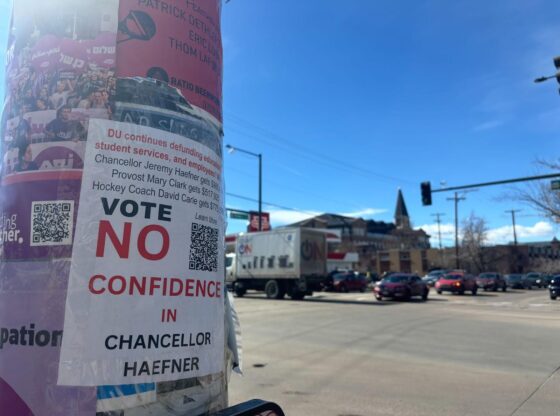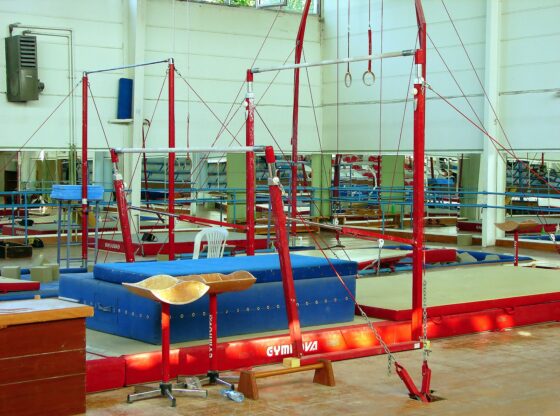The Colorado Avalanche Information Center (CAIC) recently released a preliminary report into what triggered an avalanche at the Arapahoe Basin ski area last weekend.
It confirmed that the primary cause of the slide was without a doubt skiers, although no lives were lost this time and no major structural damage was done.
In the case of last weekend, an A-Basin patroller was leading a group of fourteen skiers when they collectively triggered an avalanche in the west Montezuma bowl.
The group was caught in the slide and was carried down the mountain in the 330-foot wide and twelve-foot deep avalanche. One skier was buried, but thankfully all were uninjured.
The resort says it has undergone extensive avalanche mitigation in recent days.
According to the CAIC, approximately 2,300 avalanches are reported in Colorado each snow season, including natural, deliberate and accidental slides.
However, the CAIC estimates that ten times this number occur annually and do not get officially reported.
On average, avalanches kill six in Colorado every year. It is crucial that skiers exhibit extreme caution when they venture off of marked trails at major resorts or in the backcountry, as they have the power to trigger significant avalanches.
Skiers must realize that their actions in closed areas or off of marked trails can severely endanger their own lives and anyone who may be downslope of their rogue, foolhardy trailblazing escapade.
Although this skiing may be intense, it’s dangerous – for everyone enjoying the mountain fun.
This season has the early indications of being a particularly destructive one because of the composition of the snowpack this year.
While working with my Living and Learning Community and the Keystone Science School last weekend digging snow pits and analyzing the composition of the snow, we found that snow composed of large crystals called focets made up the bottom half of the snowpack, while denser, more powdery snow referred to as rounds made up the upper part of the snowpack.
This is a particularly dangerous mix, because the larger crystal focets are less stable than rounds, and can slide downslope with great speed, carrying the load of rounds on top of it.
Scientists at the Keystone Science School expect avalanches this year until well into May.
On that note, skiers should exhibit enhanced caution in a year that will almost certainly be plagued by avalanches.
Safety is your responsbility, and I urge all skiiers to take it seriously.











